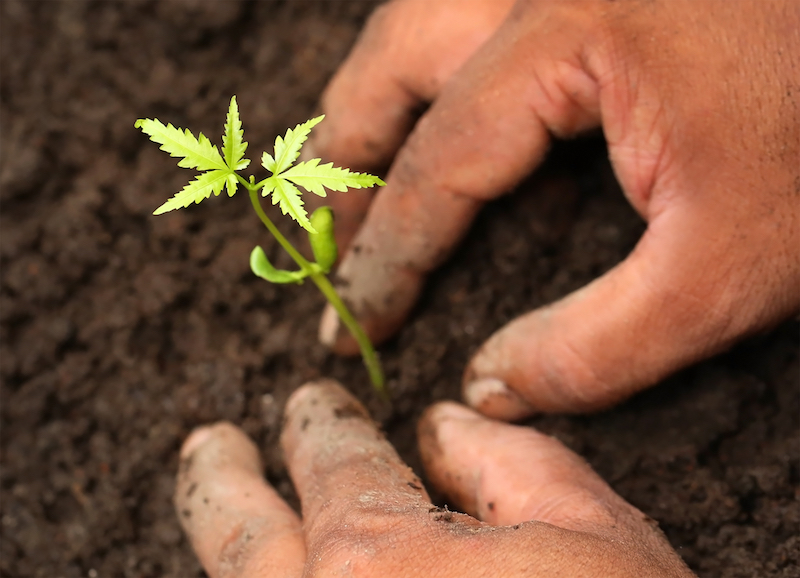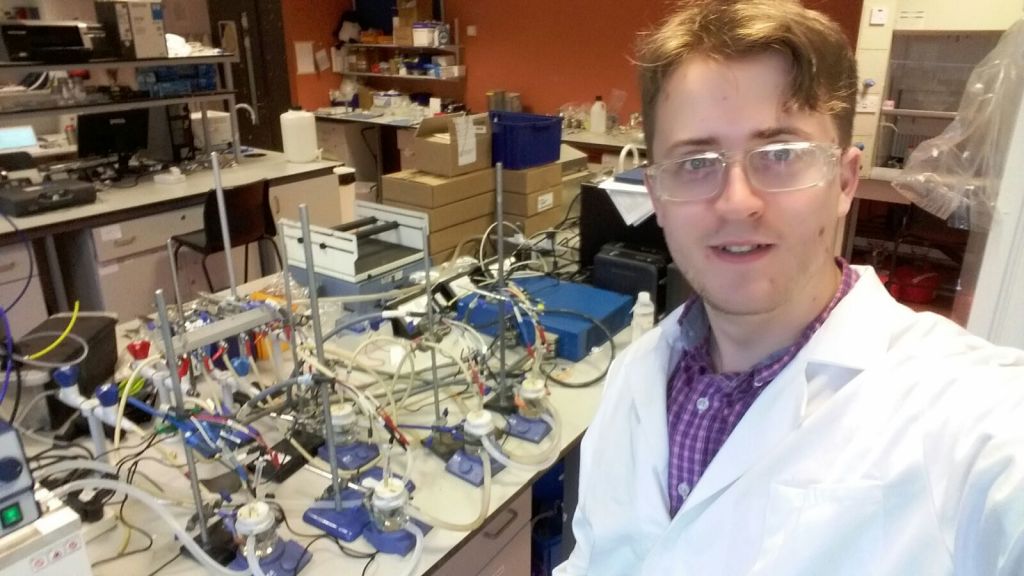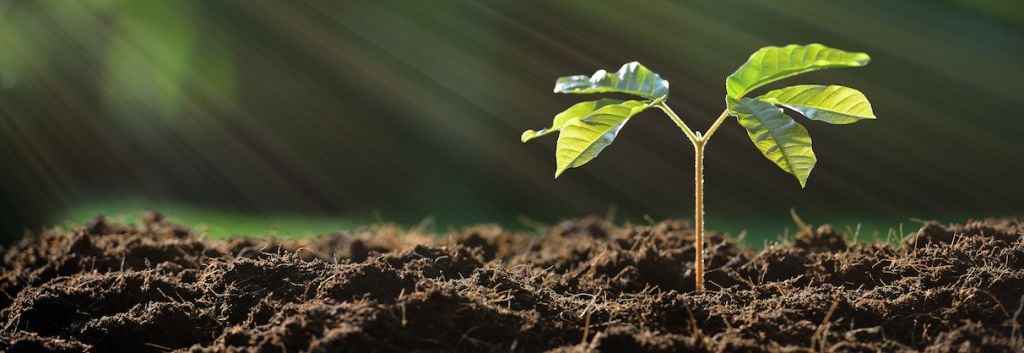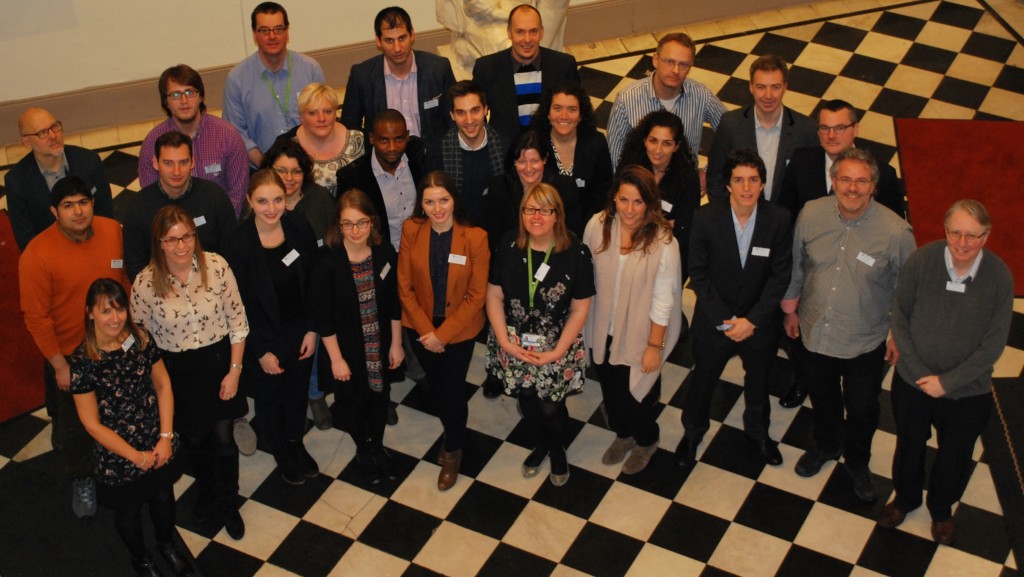It has been estimated that the impact of potentially polluting activities has affected around 3 million sites in Europe alone with great risk of adverse human health effects. As a result, there is considerable pressure to develop new innovative and cost-effective solutions to the problems posed by pollution. REMEDIATE ITN is making its approach. The project will weave contributions from academia and industry into a common European framework for the management of contaminated sites.
 Soil remediation aims to reduce contaminants to levels that leave their matrix ‘suitable for use’ with techniques which are feasible, sustainable, quick, and widely applicable. In particular, Bioremediation employs microorganisms and fungi to clean the environment through three main processes:
Soil remediation aims to reduce contaminants to levels that leave their matrix ‘suitable for use’ with techniques which are feasible, sustainable, quick, and widely applicable. In particular, Bioremediation employs microorganisms and fungi to clean the environment through three main processes:
- Natural attenuation: Natural degradation process based on intrinsic degradation capability of the autochthonous microorganisms to degrade the contaminants.
- Biostimulation: Addition of nutrients or substrates in order to stimulate native microorganisms.
- Bioaugmentation: Enhancement of biodegradability of toxic contaminants following the inoculation of microorganisms with desired degradation capability.
Funded by the European Union’s Horizon 2020 Programme, REMEDIATE is a network of 10 beneficiaries[1] from 5 EU member states (the UK, Ireland, Germany, Denmark and Italy), 8 associate partner organisations[2] and 11 Early Stage Researchers (ESRs)[3]. Together, these academic and industrial institutions are working to develop these processes into a cohesive effort to prioritise and manage contaminant exposures and prevent consequent harm.

So what are the projects?
The soil is contaminated – What then? Risk evaluation and toxicology
Numerous approaches have been developed for assessing the risk of these contaminants. Currently, health risk assessments are often based on exposure to the total concentration, which can result in an overestimation of risk. A joint collaboration aims to improve investigation methodologies, understanding contaminants’ distribution, and toxicological impacts of contamination on human health. Researcher Tatiana Cocerva is applying the Unified Barge Method (UBM) to assess the oral bioaccessibility of potentially toxic elements in urban areas of Belfast, in collaboration with Dr. Mark Cave (British Geological Survey).
Selecting the Best Bacteria
Luckily for us, many diverse groups of bacteria are capable of using organic pollutants as growth substrates during bioremediation. However, choosing the best remediation strategy (cheaper and faster) could be challenging. Therefore UCPH, QUB,DCU will focus on developing a rapid molecular microbiology approaches to assessing bioremediation. Ricardo Costeira at Queen’s University Belfast works on microbial diversity (and their key catabolic genes) at contaminated sites using advanced metagenomics techniques . Researcher Stacie Tardif at the University of Copenhagen, is studying the effect of soil contamination on microbial communities in order to develop scalable green monitoring for the decontamination of metals. Researcher Coren Pulleyblank at Dublin City University is using 13C labelled biomarkers to identify organisms involved in PAH degradation.

‘Bioelectrical System’ a step towards future of Clean Energy
Geophysical approaches to site assessments QUB, DCU are evaluating the use of ‘Bioelectrical System’ (BES) which can be used as a sensor to investigate, monitor or enhance microbial activity in the in near-real-time. Researcher Peter Brennan at Dublin City University will test different conditions (nutrient concentration, electric potential, soil inocula), using electrochemical cells to measure power output. Metagenomic techniques will be applied to analyse composition of anode biofilm and compare biosensor analysis with traditional techniques.
One word for all: Sustainability
Environmental sustainability of contaminated land remediation is a major challenge besides financial and legal aspects. One way to assess product sustainability is to use a Life Cycle Analysis tool (LCA), to quantify the sustainability of products and processes in a systematic way. Researcher Diogo Santos who joined SUPREN GmbH is working on a developing a dedicated LCA software tool focusing on sustainability of contaminated land remediation.
Land contamination through past industrialisation has left a legacy of thousands of contaminated sites in Europe. There are an estimated 3.5 million potentially contaminated sites in the EU solely, of which about 0.5 million are in need of remediation. The commercialization of technologies developed by REMEDIATE collaboration will accelerate the remediation of contaminated sites, releasing land for industrial or domestic development.

Figure 3. The first consortium meeting was held in Belfast on 17 and 18 November at Queen’s University, and the first summer school was held at QUB in June 2016. Sabrina is fourth from the right in the middle row!
Featured Image: amenic181/shutterstock.com
Figure 1: Swapan Photography/shutterstock.com
Figure 2: Figure provided by Peter Brennan
Figure 3: http://www.remediate.eu/RemediateFilestore/Filetoupload,544522,en.pdf
[1] Queen’s University Belfast (QUB), Cranfield University (CRA), Dublin City University (DCU) , University of Duisburg-Essen (UDE), IWW Rheinisch-Westfalisches Institut fur Wassterforschung Gemeinnutzige GmbH (IWW), TU Dortmund University (TUDO), SUPREN GmbH (SUPREN), University of Copenhagen (UCPH) , University of Turin (UNITO), TE Laboratories Limited)
[2] Wessling GmbH, University of Toronto Scarborough, Geological Survey of Northern Ireland, British Geological Survey, Geological Survey of Denmark & Greenland, Stevens Institute of Technology, Whiteford Geoservices Ltd, Horizon srl, NICOLE, Department of Environment Northern Ireland.
[3] Peter Brennan, Sabrina Cipullo, Tatiana Corceva, Ricardo Costeira, Neha Metha, Seyed Morteza Seyedpour, Coren Pulleyblank, Diogo Santos , Stacie Tardif , Y. Zhao, Nenad Stojanovic.






